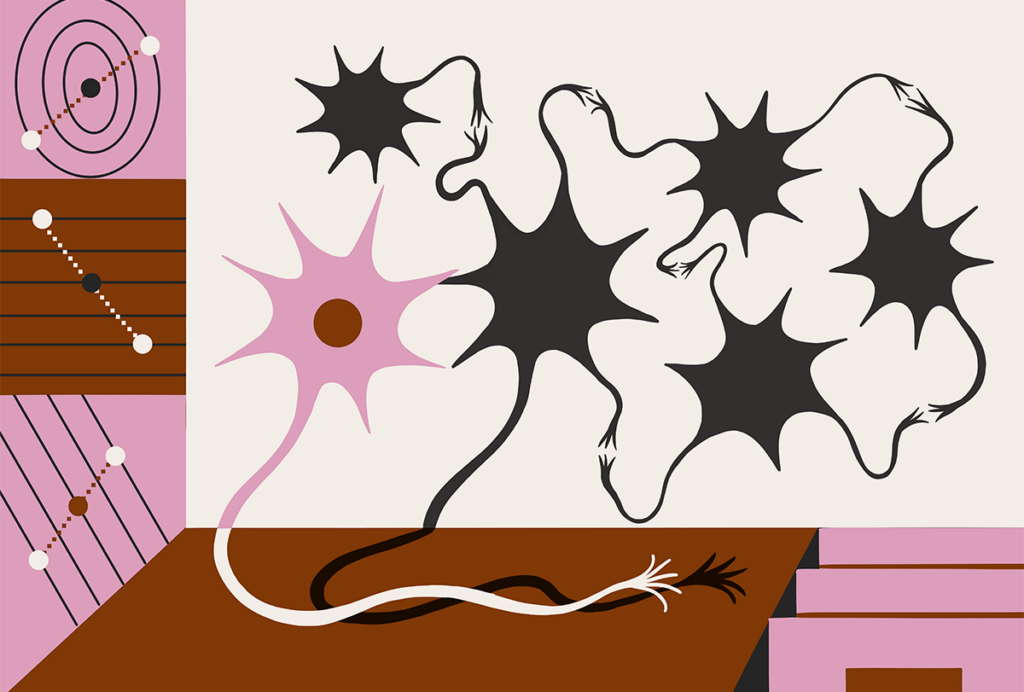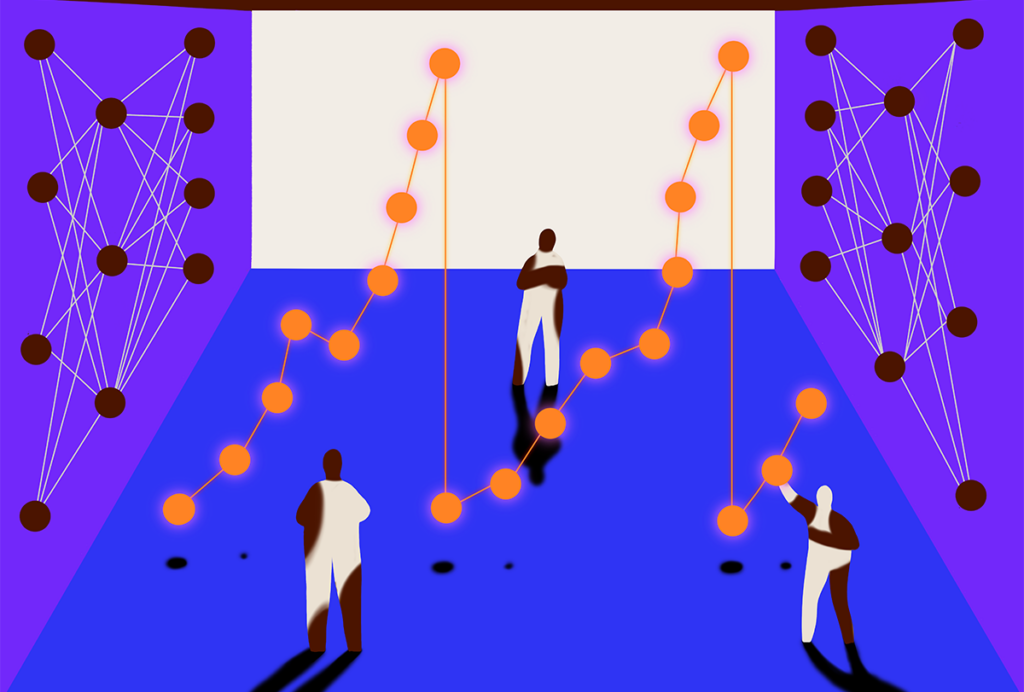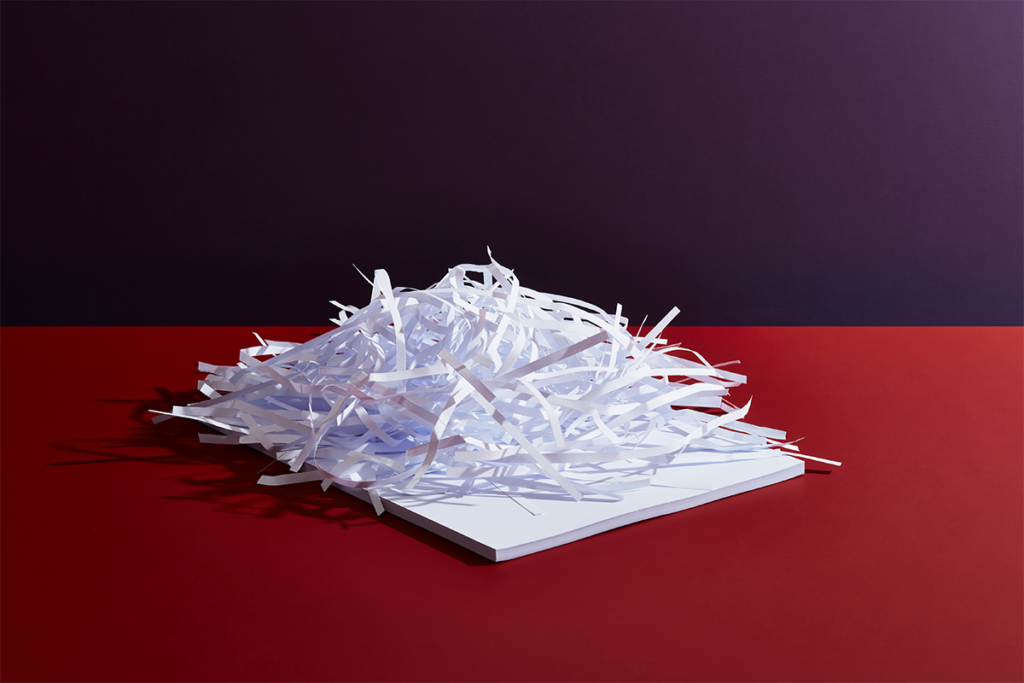The Transmitter: Neuroscience News and Perspectives
Featured

Psychedelics research in rodents has a behavior problem

New organoid atlas unveils four neurodevelopmental signatures
Can neuroscientists decode memories solely from a map of synaptic connections?
Latest
Today’s action potentials
”The breadth of coverage across modalities is quite unique. It’s the sort of thing that the field needs. — JULIEN MUFFAT, SCIENTIST, HOSPITAL FOR SICK CHILDREN IN TORONTO

AI-assisted coding: 10 simple rules to maintain scientific rigor

How basic neuroscience has paved the path to new drugs

Seeing the world as animals do: How to leverage generative AI for ecological neuroscience
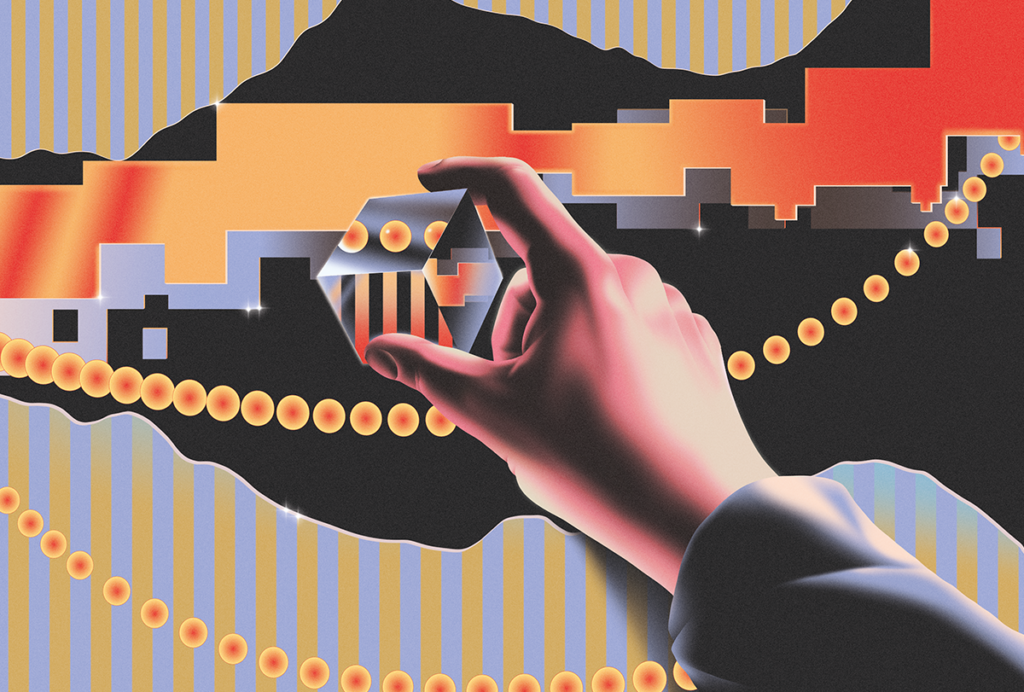
Beyond the algorithmic oracle: Rethinking machine learning in behavioral neuroscience
Home makeover helps rats better express themselves: Q&A with Raven Hickson and Peter Kind

Genetic profiles separate early, late autism diagnoses
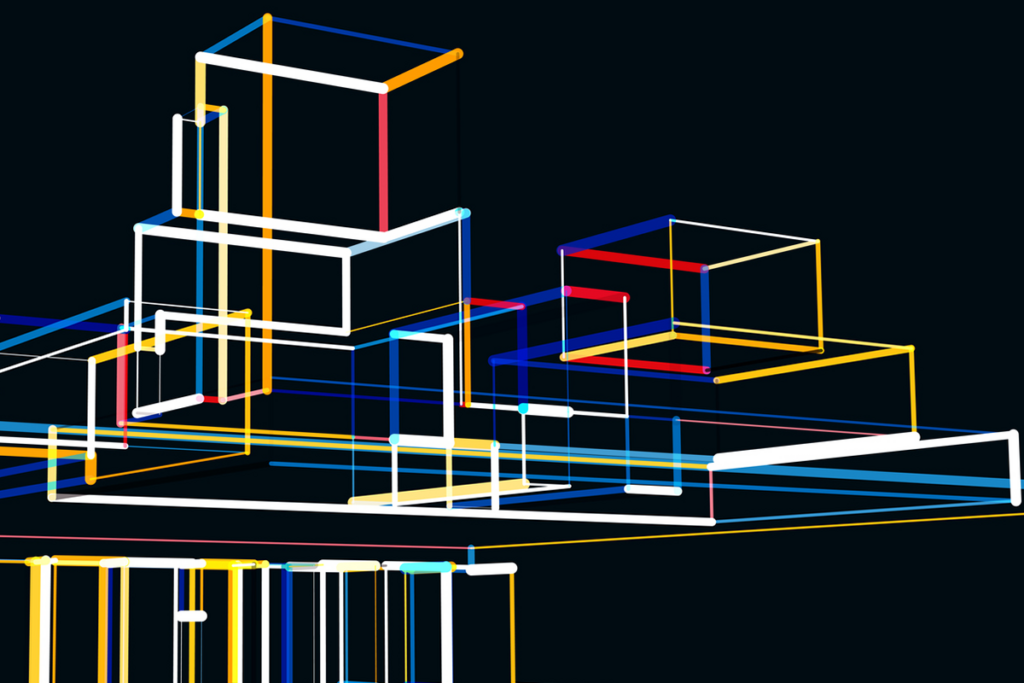
Neurophysiology data-sharing system faces funding cliff
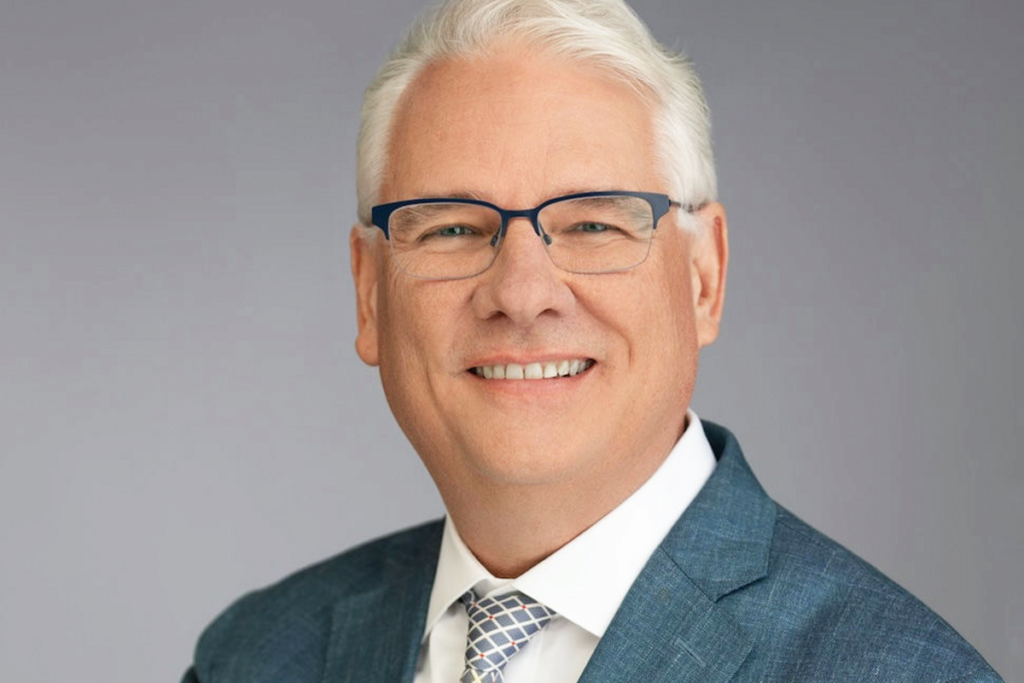
A change at the top of SfN as neuroscientists gather in San Diego
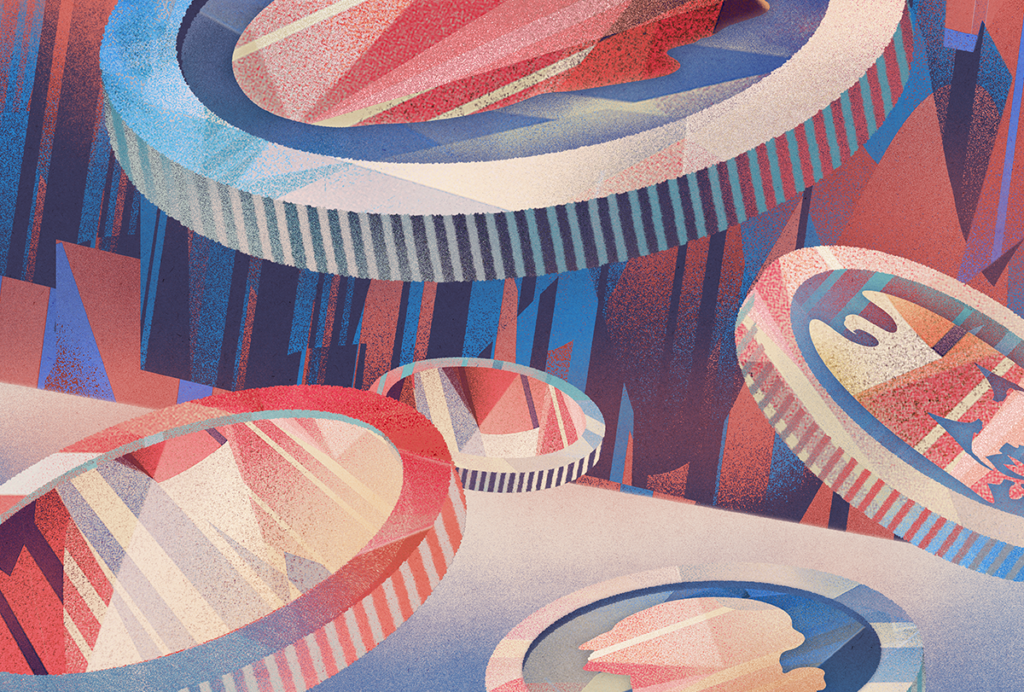
Establishing a baseline: Trends in NIH neuroscience funding from 2008 to 2024
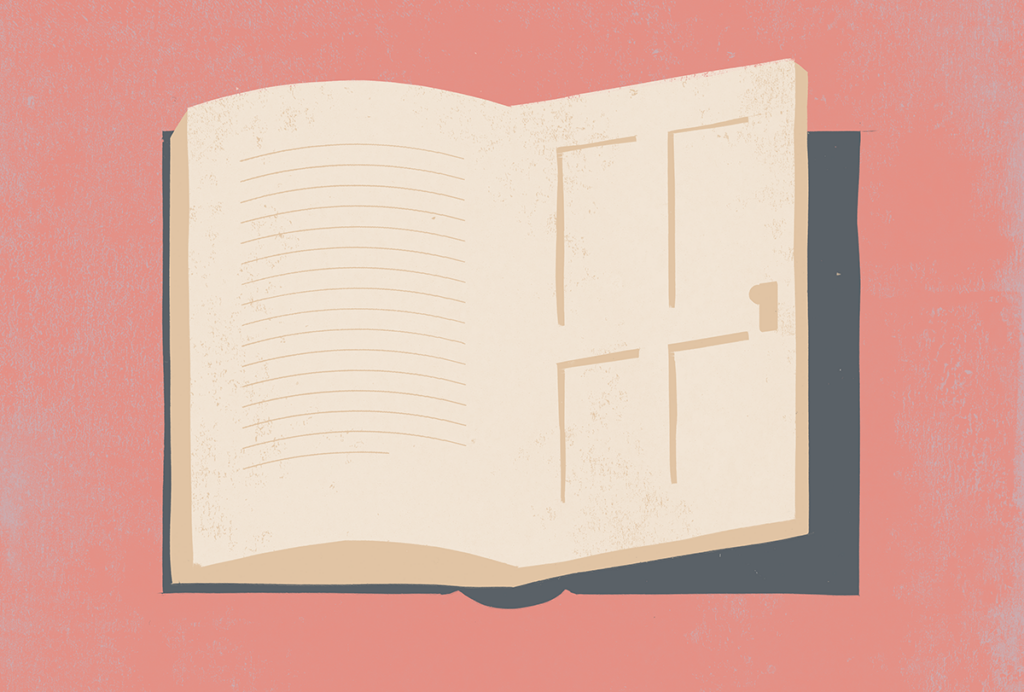
How will the field’s relationship to industry change over the next decade? Will a larger neurotechnology sector emerge?

Frameshift: Shari Wiseman reflects on her pivot from science to publishing

How will neuroscience training need to change in the future?
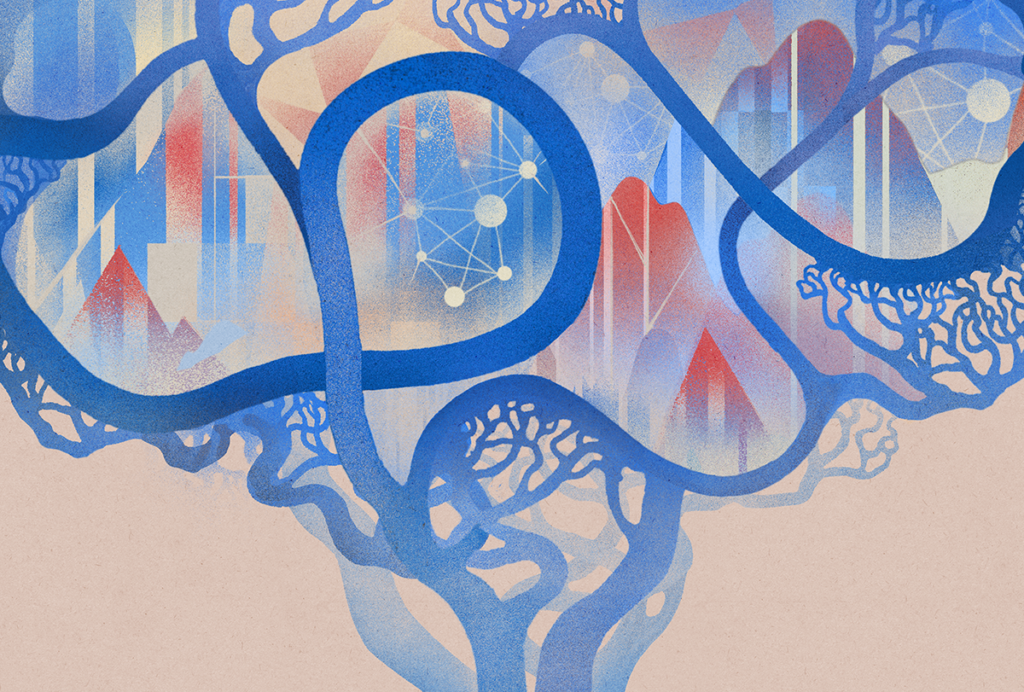
Tracing neuroscience’s family tree to track its growth

The state of neuroscience in 2025: An overview
The Transmitter presents a portrait of the field through four lenses: its focus, its output, its people and its funding.
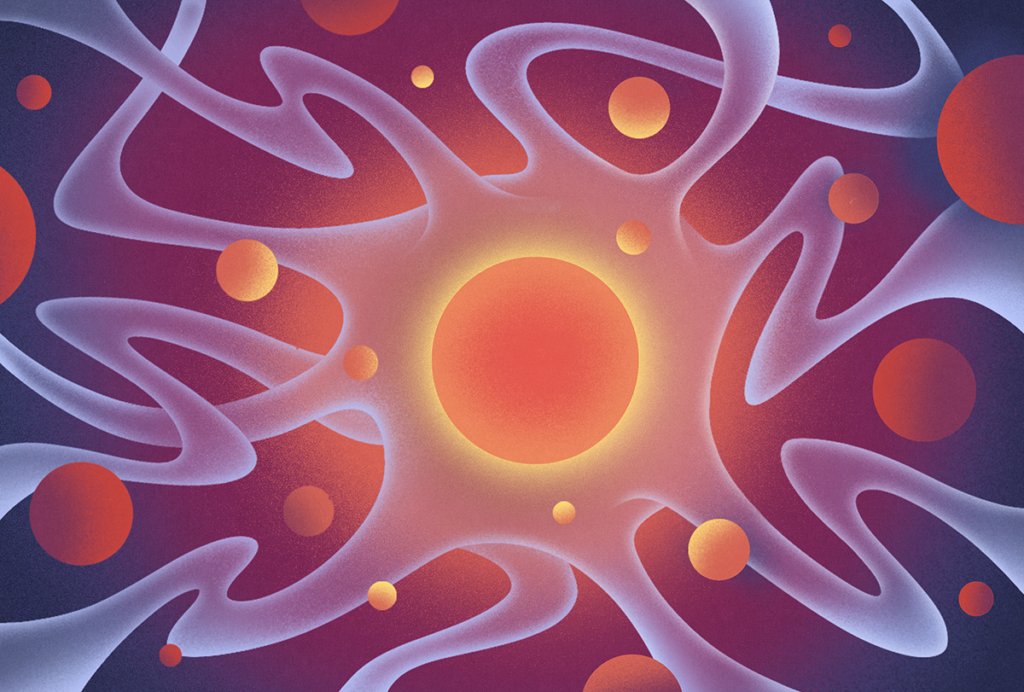
New questions around motor neurons and plasticity
A researcher’s theory hangs muscle degeneration on a broken neural circuit.

What are the most-cited neuroscience papers from the past 30 years?
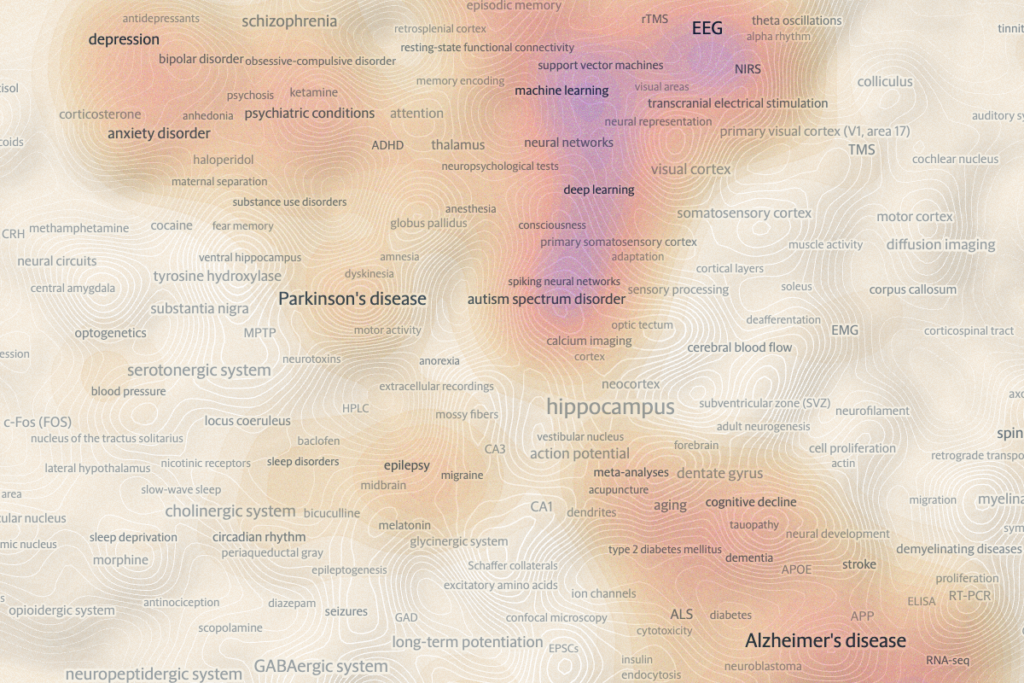
Putting 50 years of neuroscience on the map
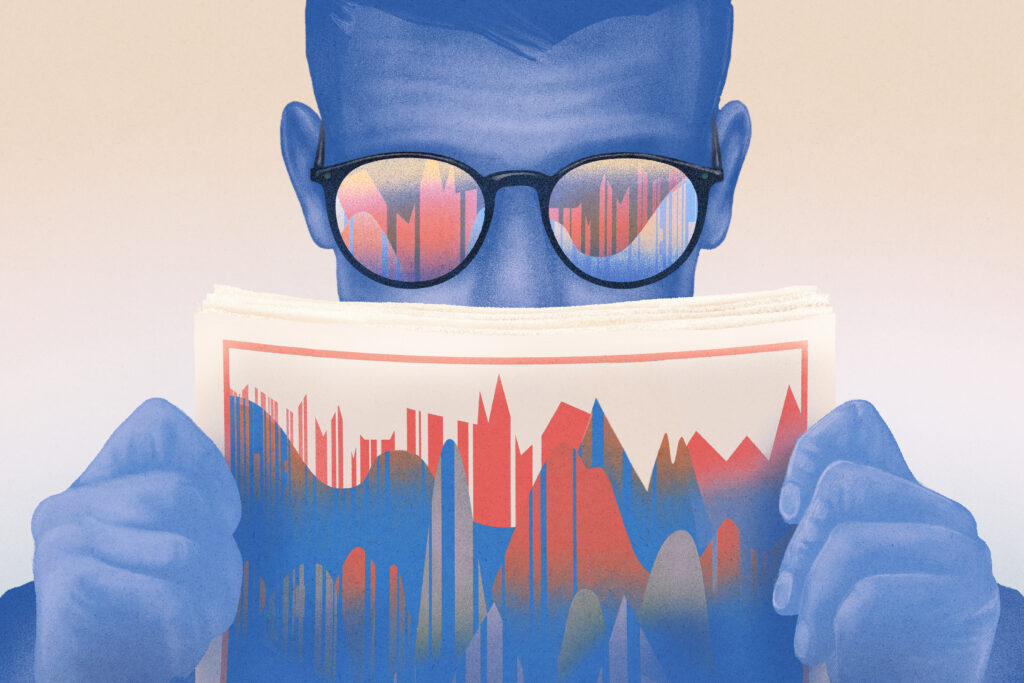
The buzziest neuroscience papers of 2023, 2024
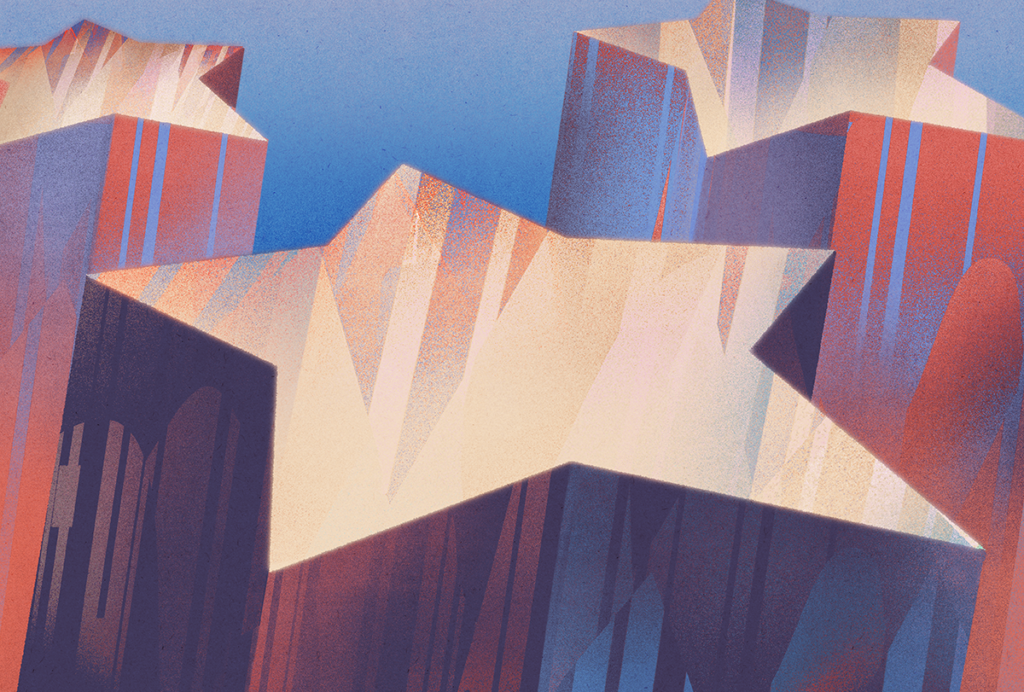
The Transmitter ’s Rising Stars of Neuroscience 2025
We recognize the outstanding achievements of 25 neuroscientists who stand to shape the field for years to come.

The Transmitter’s New Lab Directory

Diving in with Nachum Ulanovsky
Psilocybin rewires specific mouse cortical networks in lasting ways

What are the fastest-growing areas in neuroscience?

Neuroscience needs engineers—for more reasons than you think
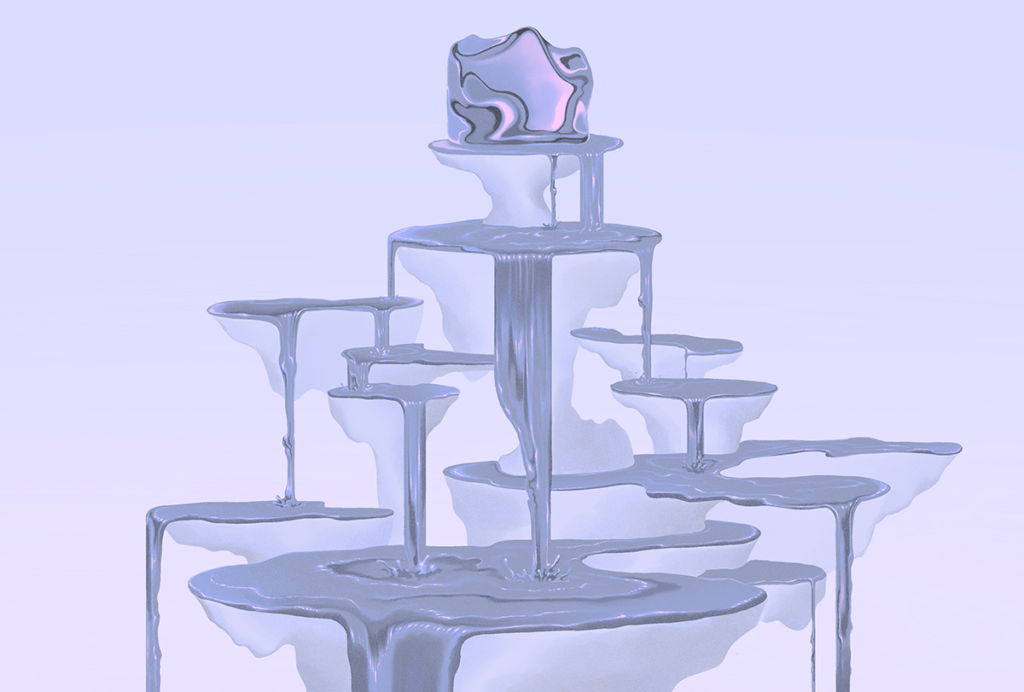
The missing half of the neurodynamical systems theory

‘Wired for Words: The Neural Architecture of Language,’ an excerpt
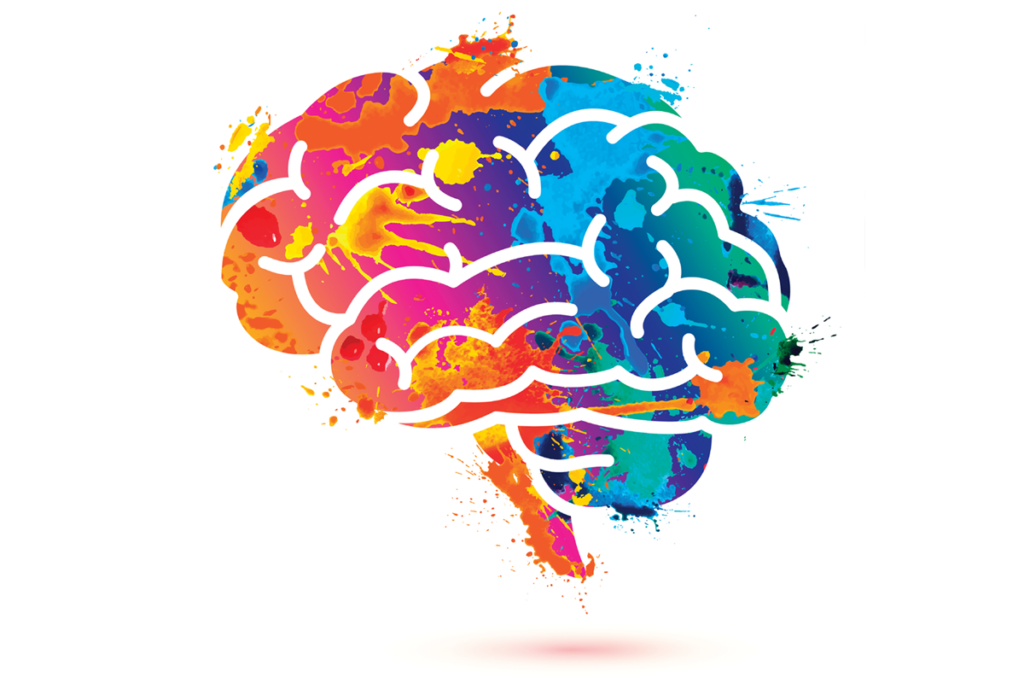
‘Neuroethics: The Implications of Mapping and Changing the Brain,’ an excerpt

‘How to Change a Memory: One Neuroscientist’s Quest to Alter the Past,’ an excerpt
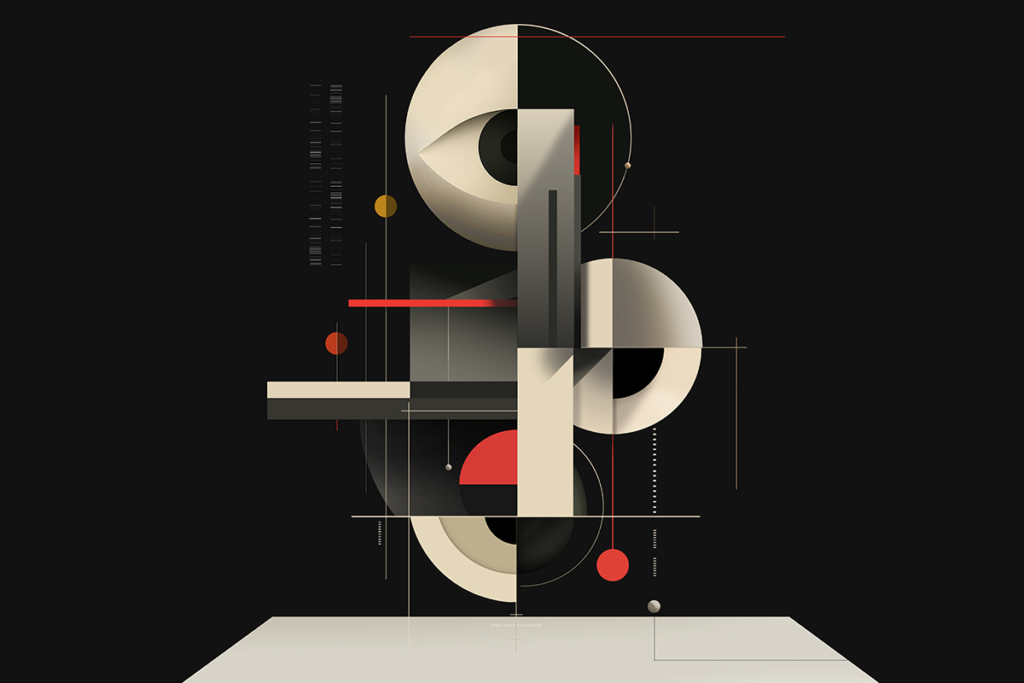
The visual system’s lingering mystery: Connecting neural activity and perception
Figuring out how the brain uses information from visual neurons may require new tools. I asked 10 neuroscientists what experimental and conceptual methods they think we’re missing.
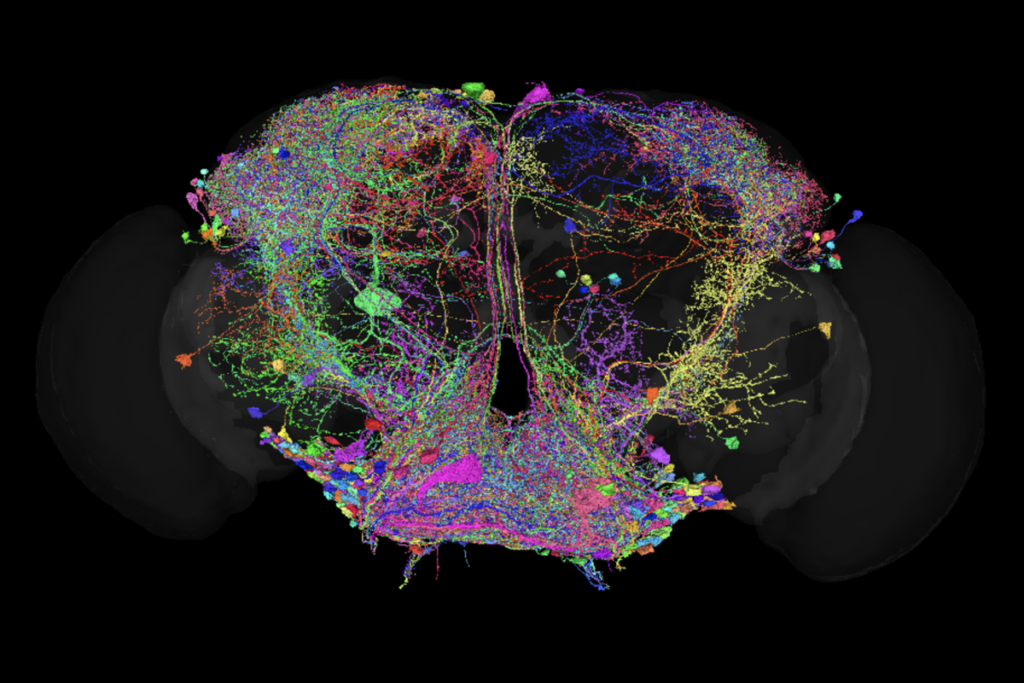
One year of FlyWire: How the resource is redefining Drosophila research
We asked nine neuroscientists how they are using FlyWire data in their labs, how the connectome has transformed the field and what new tools they would like to see in the future.
